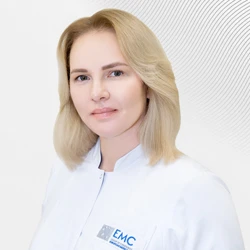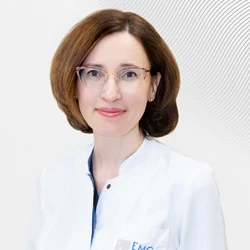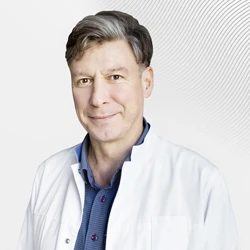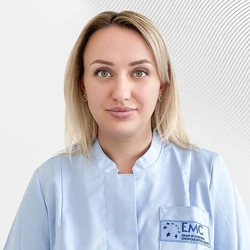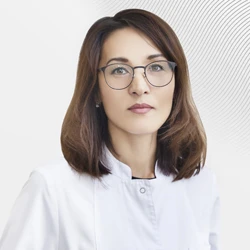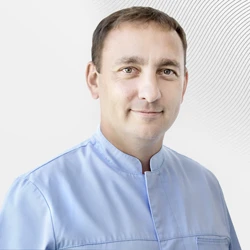Headache in children
To begin with, headaches are indeed a very common occurrence in childhood. A common parent's question about whether a baby has a headache does not have a reliable answer – we cannot ask a child of this age about the sensations. At an older age, when the child begins to speak, the picture becomes somewhat clearer. Nevertheless, in children under about 5-6 years of age, one must be very careful in assessing complaints – pointing to the head, a small child can describe many sensations. That is, it may not be pain at all, and it may not be in the head at all. Sometimes children refer to general malaise, drowsiness, dizziness, pain in the ears, neck, back, and sometimes they simply copy the behavior of someone around them to attract attention. Neurologists, knowing the features of complaints in childhood, can focus on changes in the child's behavior, features of his appearance, combination with other problems and findings during neurological examination. Doctors evaluate the intensity of headaches on special scales, in older children on a ten–point scale, in younger children on special pictures.
The main types of headaches
The most common types of headaches are tension headaches and migraines.
Tension headaches (or tension-type headaches) are usually oppressive, symmetrical, and like a hoop around the head. The intensity of such pain may vary, but in most cases it does not interfere with the child's daily life – for example, the child can go to school and do household chores.
Migraines are often, though not always, characterized by asymmetric pain, meaning that half of the head may hurt. Migraine pain is often severe and may be throbbing. A migraine attack is often accompanied by nausea, vomiting, and intolerance to bright lights and harsh sounds. In addition to pain, migraines sometimes cause visual disturbances, dizziness, and a feeling of numbness in different parts of the body. A migraine attack, unlike a tension headache, usually prevents a child from doing normal things (going to school, walking). Sleep can bring relief.
Both types of headaches can be triggered by hunger, insufficient intake of fluids, intake of caffeinated beverages, sleep disorders (lack of sleep, or, conversely, prolonged sleep on weekends), stress, certain foods (smoked meats, cheeses, colored fruits, carbonated drinks).
Fortunately, these types of headaches are usually not associated with any serious changes in the body and do not threaten the child's life. However, there may be situations where a headache is a symptom of a serious illness that requires emergency care.
Emergency consultation with a pediatric neurologist is required in the following cases:
the pain appeared as a result of a head injury;
pain occurs at night and wakes up the child;
pain is combined with vomiting, pain and stiffness in the neck, double vision and loss of vision, impaired consciousness, instability when walking, and fever.
In addition to a neurologist, other specialists may participate in the treatment of young patients with prolonged headaches. So, sometimes pain occurs due to improper posture and abnormal muscle tension. Such situations require the participation of an orthopedic doctor.
A pediatric ophthalmologist can help with diagnosis and treatment if the pain is related to visual impairments or incorrect eyeglass selection. In addition, in serious diseases associated with increased intracranial pressure (for example, meningitis, brain tumors), an ophthalmologist helps to detect changes in the fundus – the so-called congestive disc of the optic nerve. This feature will be the basis for additional examinations – computer or magnetic resonance imaging.
Pediatric otorhinolaryngologist (ENT)It provides important information about the condition of the nasopharynx and paranasal sinuses. Inflammatory processes in them often cause prolonged headaches that are difficult to treat. Sometimes with such pains, there is a change in the intensity of pain when changing the position of the head.
Instrumental diagnosis of headaches is used in cases where the doctor has doubts about the diagnosis or suspects some kind of abnormality in the brain that causes pain. The usual tests in such situations are computed tomography or magnetic resonance imaging. The choice of diagnostic method depends on the suspected cause of the pain, so a non-specialist should not do all possible examinations himself in advance, they may not provide the necessary information.
The treatment of headaches depends on the type of pain and its association with concomitant diseases. In acute situations, painkillers (paracetamol, ibuprofen) are prescribed, but these drugs are not suitable for preventive treatment. You should not be surprised if a neurologist suggests medications related to antidepressants, anticonvulsants, or "heart" medications for preventive treatment. Global standards of treatment provide for these remedies for the treatment of chronic pain, and not only headaches.
At the EMC Children's Clinic, you can get advice from experienced neurologists on issues of interest to you, including the problem of your child's headache. If necessary, you can undergo additional research and consultations with other pediatric specialists at our clinic.
Why the EMC
The first and only clinic in Russia, created in the image of the world's leading clinics
EMC is a multidisciplinary center offering patients a high level of medical services and a personalized approach
Worldwide recognition and awards
 Learn more
Learn more
Worldwide recognition and awards
 Certificates and licenses
Certificates and licenses
Make an appointment for a consultation
Specify your contacts and we will contact you to clarify the details
Reviews
and new products of the EMC


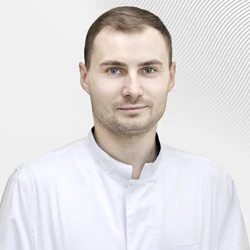
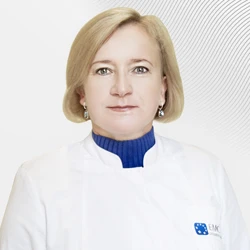
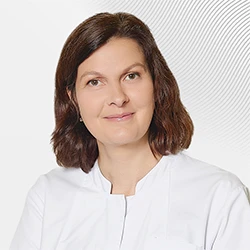
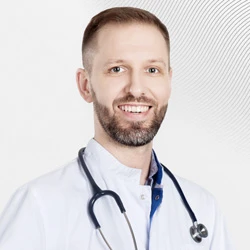
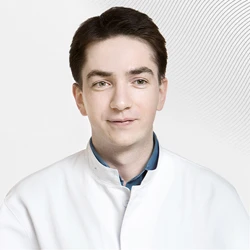
.webp)
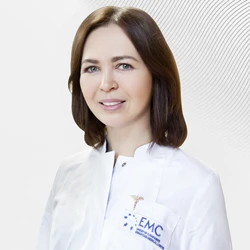
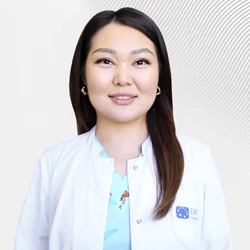
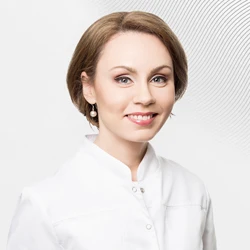

.webp)
